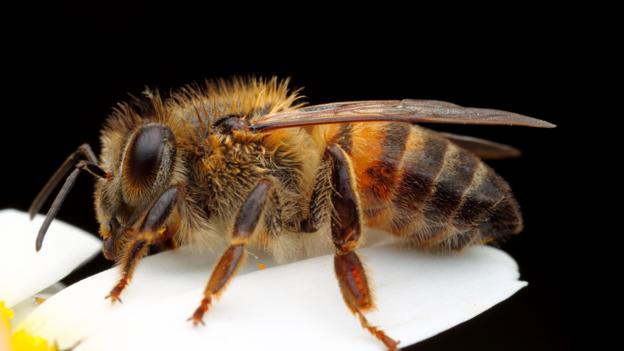Stamp: Honey Bee (Apis mellifica) (Bosnia and Herzegovina 2004)
Honey Bee (Apis mellifica) (Bosnia and Herzegovina 2004)
05 May (Bosnia and Herzegovina ) within release Fauna goes into circulation Stamp Honey Bee (Apis mellifica) face value 2 Bosnia and Herzegovina convertible mark
| Stamp Honey Bee (Apis mellifica) in catalogues | |
|---|---|
| Michel: | Mi: BA 362 |
| Stamp Number: | Sn: BA 476b |
Stamp is horizontal format.
Also in the issue Fauna:
- Souvenir Sheet - Honey Bee (Apis mellifica) face value 4;
- Stamp - Honey Bee (Apis mellifica) face value 2;
- Stamp - Honey Bee (Apis mellifica) face value 2;
Stamp Honey Bee (Apis mellifica) it reflects the thematic directions:
Animals are multicellular, eukaryotic organisms of the kingdom Animalia (also called Metazoa). All animals are motile, meaning they can move spontaneously and independently, at some point in their lives. Their body plan eventually becomes fixed as they develop, although some undergo a process of metamorphosis later on in their lives. All animals are heterotrophs: they must ingest other organisms or their products for sustenance.
Bees are winged insects closely related to wasps and ants, known for their roles in pollination and, in the case of the best-known bee species, the western honey bee, for producing honey. Bees are a monophyletic lineage within the superfamily Apoidea. They are currently considered a clade, called Anthophila. There are over 20,000 known species of bees in seven recognized biological families. Some species – including honey bees, bumblebees, and stingless bees – live socially in colonies while most species (>90%) – including mason bees, carpenter bees, leafcutter bees, and sweat bees – are solitary.
A flower, sometimes known as a bloom or blossom, is the reproductive structure found in plants that are floral (plants of the division Magnoliophyta, also called angiosperms). The biological function of a flower is to effect reproduction, usually by providing a mechanism for the union of sperm with eggs. Flowers may facilitate outcrossing (fusion of sperm and eggs from different individuals in a population) or allow selfing (fusion of sperm and egg from the same flower). Some flowers produce diaspores without fertilization (parthenocarpy). Flowers contain sporangia and are the site where gametophytes develop. Many flowers have evolved to be attractive to animals, so as to cause them to be vectors for the transfer of pollen. After fertilization, the ovary of the flower develops into fruit containing seeds. In addition to facilitating the reproduction of flowering plants, flowers have long been admired and used by humans to beautify their environment, and also as objects of romance, ritual, religion, medicine and as a source of food.



